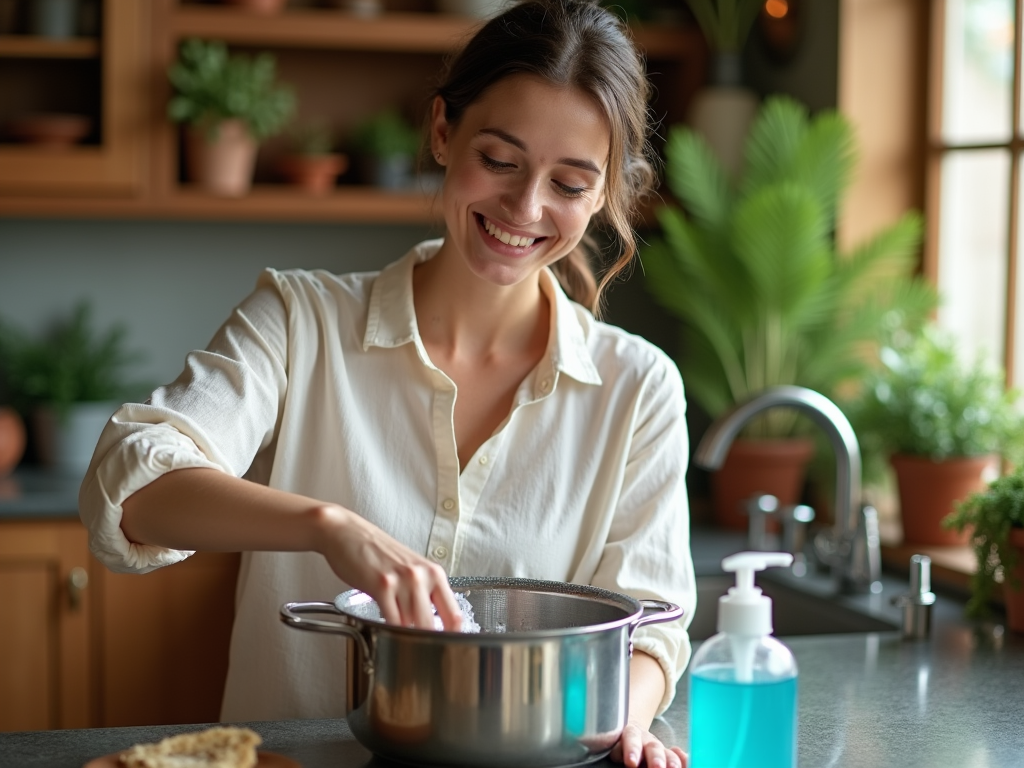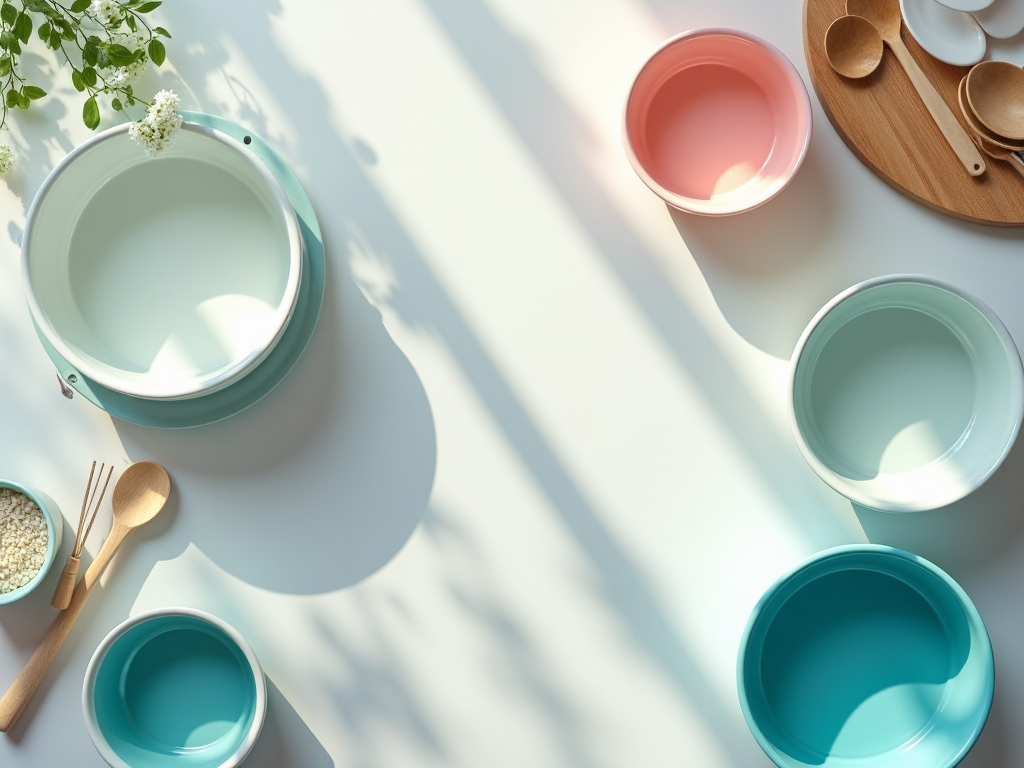Have you ever found yourself struggling with stubborn food residues clinging to your dishes? It can be one of those kitchen challenges that turns a simple cleanup into an unwanted chore. Soaking your dishes might just be the game changer you need to elevate your cleaning routine. Many individuals overlook the effectiveness of soaking, but it can often make all the difference when it comes to getting those dishes back to their pristine condition without excessive scrubbing. This article will delve into the pros and cons of soaking dishes, when it’s most effective, and how to do it properly to maximize your kitchen efforts.
Soaking isn’t merely about convenience; it’s also beneficial from the perspective of achieving greater cleanliness in your dishware. When food particles are left to harden on plates or pots, they become much more difficult to remove. However, soaking allows water and any added cleaning solution to penetrate and dissolve the residues. You might be surprised at how quickly our lives can be simplified by the simple practice of soaking. With just a little preparation, you can enjoy the luxury of effortless dish cleaning, leaving you more time to spend on things you love rather than scrubbing away stubborn grime.
The Benefits of Soaking Your Dishes

There are several advantages worth considering when deciding if soaking dishes is right for you. For starters, soaking can significantly boost your efficiency in cleaning. Instead of battling with dried-on foods, a good soak can soften those residues, making them much easier to wipe away with minimal effort.
- Efficiency: Soaking reduces the time spent scrubbing and rinsing.
- Sanitization: Soaking helps eliminate bacteria by allowing cleaning solutions to work effectively.
- Stain Removal: Long-standing stains often succumb to the power of soaking, making your dishes look new again.
When Should You Soak Your Dishes?

Understanding when to soak your dishes is crucial for maximizing its benefits. There are specific situations where soaking is especially useful, and knowing these can help you manage your time and resources more effectively. Generally, when food residue has dried up, soaking can work wonders.
- For Dried-on Food: When dealing with stubborn, crusted food, soaking for a few hours can make a noticeable difference.
- For Delicate Dishes: Items like china or glassware require gentle soaking to avoid damage.
- For Pots and Pans: Heavy-duty cookware, particularly those with baked-on oils, benefit from an effective soak.
The Right Way to Soak Your Dishes
To soak your dishes effectively, following the right procedures makes all the difference. Here’s a simple guide to help you maximize your soaking sessions. First, it’s essential to choose the right soaking solution based on the type of residue you’re dealing with.
| Soaking Solution | Best For |
|---|---|
| Dish Soap | General cleaning |
| Baking Soda | Odor elimination & minor stains |
| Vinegar | Hard water stains & grease |
How long you soak is just as important. Timing can vary based on the extent of the residue:
- Lightly Soiled Dishes: 15-20 minutes.
- Moderately Soiled Dishes: 30-60 minutes.
- Heavy Residue: Up to several hours, while occasionally checking.
Common Mistakes to Avoid
Even though soaking can have tremendous benefits, there are some common pitfalls to avoid that can lead to ineffective cleaning or even damage to your dishes. Over-soaking can pose a risk, especially for delicate items that may start to warp or crack. It’s essential to keep an eye on the time and understand the materials you’re working with to prevent any mishaps.
Additionally, using the wrong soaking solution can have unintended consequences. Some materials react poorly with certain chemicals, which may cause discoloration or degradation. Always do your research on the appropriate cleaning agents for the dishes you are soaking. This knowledge will ensure that you are not just wasting time but also preserving your cookware.
Alternative Methods to Cleaning Dishes
While soaking has its advantages, it’s also important to recognize that it’s not the only method for cleaning dishes. Sometimes, washing immediately can be more effective, particularly when you don’t have heavily soiled dishes. Methods like scrubbing or even using a dishwasher may be better options depending on the situation. Soaking is especially beneficial for larger, high-contact items that require some extra attention.
Conclusion
In conclusion, the practice of soaking dishes has many merits that can transform your kitchen cleanup routine. With the proper techniques, you can enhance efficiency and achieve cleaner results without exhausting yourself. Remember, the key is to know when to apply soaking and to avoid common mistakes. So why not give soaking a try the next time you’re faced with stubborn dishes? Who knows, it might just become your preferred cleaning method!
Frequently Asked Questions
- Is soaking dishes necessary?
Soaking is not necessary for all dishes but can make cleaning easier for stubborn, dried-on food. - How long should I soak my dishes?
Typically, soaking for 15 to 30 minutes is recommended, but it may vary based on the type of food residue. - Can I soak all types of dishes?
No, delicate materials like certain glassware or non-stick pans should be handled with care, and some may not need soaking at all. - What is the best solution for soaking dishes?
A mixture of hot water and dish soap is usually effective. For tougher stains, vinegar or baking soda can be added. - Is it better to soak or wash immediately?
It depends on personal preference and the state of the dishes. Soaking is useful for heavily soiled items, while prompt washing can be quicker for lighter loads.